WITH the mass rapid transit project and extension of the light rail transit lines well under way, Sime Darby Property Bhd (SDP) has taken on the challenge of developing transit-oriented and transport-adjacent developments, or TODs and TADs.
"What we realised is that many of our developments are TODs and TADs, which open up new opportunities for us," says Zulkifli Tahmali, head of property development 1 at SDP.
TODs and TADs are often defined as mixed-use developments designed to maximise transit ridership. The former should be situated 400m by foot from transit points and the latter, 800m.
"We use that as our definition of TODs and TADs. At a normal pace, it takes about five minutes to walk 400m and 10 minutes to walk 800m.
"The extension of the Ampang LRT line is from Kelana Jaya to Subang Jaya, and ends in Putra Heights. As you know, we developed both Subang Jaya and Putra Heights," Zulkifli explains.
SDP has more of such projects in the pipeline. Zulkifli, who is an architect and urban planner by training, says the company has had to change its approach to design and the way it builds to embrace the TOD and TAD concepts.
As its tagline "Developing Sustainable Futures" indicates, Sime Darby has long been a champion of sustainability, which is key to its TODs and TADs; they all embrace the key environmental, social and economic elements.
Talking about Subang Jaya, Zulkifli says its urban sprawl has been a concern to the developer since it started opening up the area 30 years ago.
"We saw the opportunity to reduce the urban sprawl in the area by developing TODs and TADs. Our approach is to make access to public transport a primary factor.
"If you have a transit station, you have to design around or above it."
When a person frequents the shops located along the linkages from the stations to any of Sime Darby's developments, there is social interaction, which promotes a sense of community, Zulkifli points out.
"By integrating a mixed-use development with a transit station, residents reduce the use of personal vehicles. This also covers the environmental aspect of sustainability, as it reduces the carbon footprint."
Subang Jaya City Centre
Chief among SDP's upcoming TODs is the Subang Jaya City Centre (SJCC). The freehold nine-acre mixed-use development will be linked to an LRT and KTM station, and have park-and-ride facilities at both ends of it.
It will offer 360 small offices/home offices (SoHos) with built-ups of 450 to 900 sq ft; a retail mall with a net lettable area (NLA) of 400,000 sq ft; serviced apartments; and 250,000 sq ft NLA of office space.
The 700m by 100m development will also feature a 1km landscaped boulevard that will connect the open spaces along the linear park. The project is expected to be launched in the first quarter of 2014, after which construction will commence.
Once the project is completed, patrons will walk through the retail mall to cross over to the station via bridges. The walkways will remain open, as long as the trains are running. Feeder buses will be available on a 350m stretch of the road behind the development.
"The bridges that we are planning will have shops known as transit retail," Zulkifli remarks.
The shop fronts will have high security, as the bridges are designed to have 24/7 access so that commuters can enter the retail mall, and park and ride with peace of mind.
"We managed to convince the authorities to incorporate the park-and-ride facilities to service the station into our development," he says.
He adds that while SDP wants to discourage people from driving, it is not possible to do so in Malaysia yet, so car parks will still be available.
SDP has already received the approvals for its plans and submitted them to the Kuala Lumpur City Hall (DBKL).
Phase 1 of SJCC, which includes the SoHos and the park-and-ride facilities, will be completed in 2016.
"We are now accelerating the rest of the components, like retail, office and serviced apartment, because we see demand for these products," Zulkifli says.
He adds that SJCC is a prime example of SDP's design philosophy of place making, which features the principles of safety, security and sustainability.
"SJCC will be a walkable, pedestrian-friendly green development. In everything we do, we are always conscious of the place-making possibilities. We want it to be a place that people will go to, like Bangsar."
Touching on the technical aspects of the development, Zulkifli says SDP has made a commitment to DBKL to improve the traffic in and around the area. "We will improve all the junctions once DBKL approves the building plan. We will have dedicated U-turns, the traffic light systems will be changed and linkages will be built at the ends. We will do all of this even before the project is completed, as accessibility needs to be improved."
Transport-adjacent developments
TADs are considered less desirable than TODs. The argument is that they do not make public spaces the focus of building and neighbourhood activities, thus eliminating the social aspect of sustainability. They also do not create pedestrian-friendly streets that are connected to popular destinations or provide a mix of housing types, density and costs.
However, Zulkifli believes TADs that are located within 2km to 3km of transit stations can capture the spillover from TODs. According to him, once you enter the 800m zone, the previous 10-minute walk will take 15 minutes. "In our weather, it becomes a bit of a hassle, so we need to support it with good cover, active streets with shops and make the walkway safe."
SDP is promoting crime prevention through environmental design (CPTED). According to Zulkifli, sidewalks need to be covered by a canopy, well lit and constantly monitored to avoid crimes like snatch thefts.
"There is an ever present possibility of crimes like snatch thefts occurring on sidewalks that are located next to busy streets," he says. "CPTED will place small trees along the sidewalk to allow pedestrians unobstructed view of their surroundings, a canopy and railings between the road and the sidewalk to separate motorists and pedestrians."
He adds that the streets will be activated by placing alfresco dining along it, so when people walk there, they feel safe because there is activity going on.
SDP is set to launch an integrated development in Desa Melawati, which includes luxury condominium project called The Veo. The integrated development is targeted at Gen Y buyers and will offer retail space, F&B outlets and community-based facilities. The Veo have built-ups of 550 to 800 sq ft and are priced from RM300,000 to RM600,000.
According to Zulkifli, the development plan has been submitted for approval and SDP has requested a bigger plot ratio.
The company, which has a division for just TODs and TADs, is looking for more such opportunities.
"We are very excited about it, as we can further push sustainability through these developments. A train can take 100 cars off the road," says Zulkifli adding that the local council also supports TODs and TADs because they improve the security and economic viability of the areas.
"The government has done well in introducing all these sustainable efforts and eventually, these will translate into a more comprehensive approach to public transport," remarks Zulkifli. "Once public transport is well-utilised, the government can reduce the number of car parks, which, in turn, will reduce the number of cars on the road."
This story first appeared in The Edge weekly edition of Aug 19-25, 2013.
SHARE



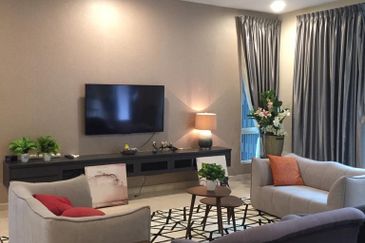
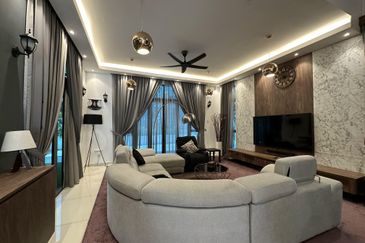

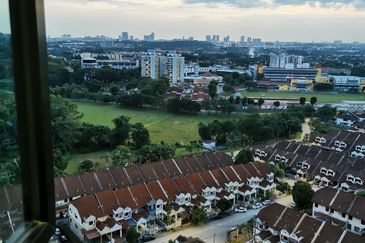
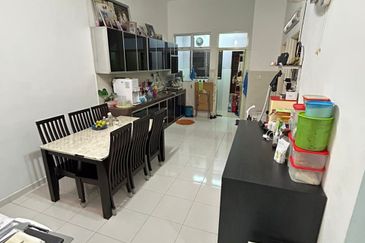

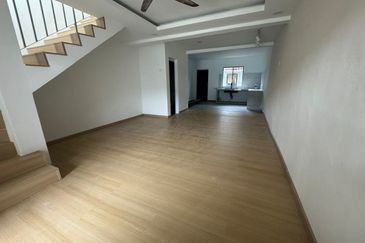



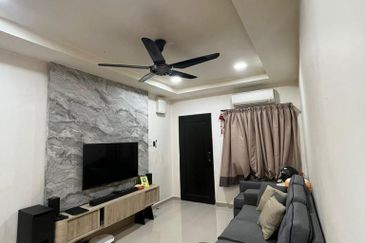

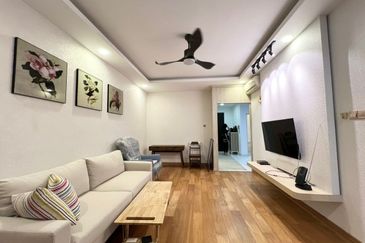
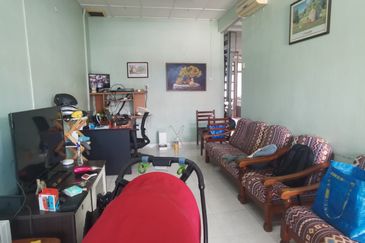
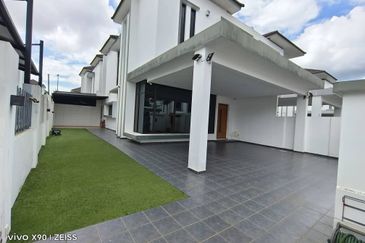
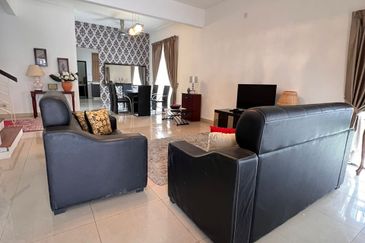
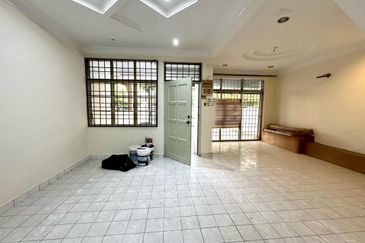

hero.jpg?GPem8xdIFjEDnmfAHjnS.4wbzvW8BrWw)



